A broken toe in dogs can be a real pain—literally! Whether it's from a wild play session or an unfortunate accident, a fractured toe can cause your pup a lot of discomfort. But don't worry; with the right care, your furry friend will be back on their paws in no time.
It's crucial to catch those signs early to make sure your dog's healing process goes smoothly. So, if you think your canine companion might have broken their toe bone, it's time to pay attention!
How To Identify a Broken Toe in Dogs
If your pup is less active, limping, or showing discomfort when walking, it could be more than just a stubbed toe. It's important to be on the lookout for a few key symptoms.
Keep an eye out for any unusual limb movements or an inability to bear weight on the affected paw. Other symptoms include swelling, redness, or bruising around the toe, which could indicate a fractured bone. If you touch your dog's foot and they seem extra sensitive, it might be a clear clue that something's broken.
Common Signs and Symptoms of a Broken Toe

If your dog has a broken toe, it can show up in various ways. Here are some of the most common symptoms to look out for:
- Limping or Favoring One Paw. Your pet might avoid putting weight on the affected area, which is a clear sign of discomfort.
- Swelling and Redness. If the toe is swollen and red, it could indicate a fracture or injury to the bone or soft tissue structures.
- Discomfort or Sensitivity. If you touch your dog's toe and they wince or pull away, it's likely they're feeling pain from the injury.
- Abnormal Movement. Watch for awkward or stiff movements when your pup walks, which may suggest a toe fracture or injury.
- Change in Behavior. If your usually playful furry friend suddenly seems withdrawn or avoids physical activity, they may be dealing with a broken bone.
Differentiating Between a Fracture, Break, and a Minor Injury
It's easy to confuse a minor injury with something more serious like a broken toe, but knowing the difference can make all the difference. Let's break it down:
- Fracture. A fracture is a complete or partial break in the bone, which typically causes more obvious pain, swelling, and difficulty walking.
- Break. A break is essentially the same as a fracture. If the bone is completely split and separated from the rest of the bone, it often needs more immediate attention for proper healing.
- Minor Injury. A less severe injury, like a sprain or bruise, might not involve the bones but can still cause discomfort. If the injury involves only a fibrous tissue tear, healing might take a little less time than if it involves bone damage. A dog's broken nail can also be just as painful as a broken toe, especially if it involves the nail bed.
What Causes a Broken Toe in Dogs?

A dog doesn't break its toes without a reason. Here are some common causes:
- Accidents and Physical Trauma. Your pup might accidentally step on something sharp, get their paw caught, or even get bumped while playing.
- Pre-Existing Conditions. Dogs with weakened bones, whether from age or health issues, are more prone to breaks. These conditions make the bones more fragile and prone to injury.
- Rough Play. Active canines can sometimes get a little too wild. Rough play with other dogs or jumping around can cause them to injure their toe.
- Toe Caught or Foot Stuck. If a dog's toe gets stuck in something like a slatted floor or their foot gets stuck in a tight space, it can lead to fractures.
Accidents and Physical Trauma
Your pup's playful nature might put them at risk, especially if they're running around or playing in unfamiliar environments. Physical trauma, such as stepping on something sharp or landing awkwardly after jumping, is one of the most common causes of a broken toe.
Things like getting their paw caught on a slatted floor, landing wrong while jumping, or simply tripping over an obstacle can all lead to fractures in the small bones of the toe. It's crucial to keep an eye on your furry buddy after any physical activity to catch these injuries early.
Pre-Existing Conditions That Contribute To Weak Bones
Some dogs are more prone to broken toes due to pre-existing health conditions that affect their bone strength. Here are some of them:
- Osteoporosis. This condition causes bones to become brittle and more likely to fracture, even with minor trauma. Older dogs are particularly vulnerable to this.
- Genetic Predispositions. Some breeds are more prone to bone issues, making them more susceptible to injuries like fractures.
- Previous Injuries. Pets that have suffered bone injuries in the past may experience weaker bones over time.
Immediate Steps To Take for a Dog's Broken Toe
If you suspect your dog has a broken toe, acting quickly is paramount. Fractures in the metatarsal and metacarpal bones can lead to delayed healing if not treated promptly. Here are the immediate steps to follow:
- Assess the Injury. Gently check the affected paw for swelling, bruising, or abnormal positioning of the toe. Be careful not to cause more discomfort.
- Limit Movement. Keep your dog still and discourage them from walking or running. The less movement, the better.
- Apply a Cold Compress. If you notice swelling, applying a cold compress can help reduce it and provide some comfort to the injured toe.
- Contact Your Veterinarian. Call your vet immediately to explain the situation. They'll guide you on the next steps and whether an appointment is necessary.
Assessing the Injury
Gently examine the affected area to check for any swelling, bruising, or an abnormal angle of the toe. If you notice that the toe is out of alignment or your dog reacts with discomfort when you touch it, this could indicate a fracture or break.
Watch for any signs of discomfort that may not be immediately obvious. Is your pup limping or refusing to put weight on the paw? It's a strong signal that something's wrong. By checking the injury closely, you can give your vet the right details to help them diagnose the problem quickly.
Providing Basic First Aid Before a Vet Visit
First, keep your dog calm and limit their movement to avoid further injury. You can also apply a cold compress, wrapped in a towel, to the injured toe. This will help reduce swelling and ease discomfort. Just make sure the compress isn't too cold!
If the toe is visibly out of alignment, do not try to reposition it yourself. Instead, gently wrap the paw in a clean cloth or bandage to stabilize it. Remember, don't wrap it too tightly. After that, take your dog to the vet for a thorough examination and proper treatment.
Veterinary Treatment Options for a Broken Toe

Once you take your dog to the vet, they will assess the injury and determine the best course of action. The treatment options may vary depending on the severity of the injury.
For example, phalangeal fractures involving the toes' small bones can cause significant discomfort and require specialized care. But to be safe, any kind of break in the hind and forelimb paws should warrant an expert's opinion.
In some cases, your vet may recommend bandaging the toe or applying a splint to keep the broken bone in place. In more severe situations, your dog might need surgery. Whatever the method, your vet will guide you through the process.
Bandaging, Splints, and Surgical Procedures
Your veterinarian may apply a splint or a bandage to keep the broken toe immobilized, allowing the bones to heal correctly. This is often enough to support proper healing, especially for minor fractures.
But in more severe cases, surgery might be necessary. Surgical procedures can involve realigning the bones and possibly using pins or plates to secure them in place. Your vet will explain the options based on your dog's case.
Medications and Pain Management
Your veterinarian will likely prescribe pain medication to help keep your canine friend comfortable during the healing process. These medications are crucial for reducing discomfort and allowing your dog to rest and heal without stress.
To help reduce swelling around the injured area, your vet may also prescribe anti-inflammatory medication. This will help improve circulation and support healing. Follow your vet's instructions on administering the medications to ensure the best outcome for your furry buddy.
Can CBD Provide Relief for a Dog With a Broken Toe?

While CBD (cannabidiol) isn't a replacement for traditional veterinary care, it can be a useful addition to your pup's treatment plan. Many dog owners have found that CBD products can help manage discomfort, promote calmness, and support overall wellness during the healing process.
That's why HolistaPet offers a variety of high-quality CBD products for dogs. If you're considering CBD for your pup, consult your vet first. Once they give you the green light, check out our online store for options.
How CBD Supports Discomfort Management
CBD works by interacting with the body's endocannabinoid system (ECS), which helps regulate discomfort and inflammation. This means that CBD can potentially soothe your dog's injured toe, allowing them to feel more comfortable while they heal.
CBD may also help your canine companion feel more relaxed. It may help reduce stress or agitation they might experience during recovery. Overall, CBD is a natural remedy that promotes comfort, rest, and wellness while your pup bounces back from their injury.
HolistaPet's CBD Products for Dogs
We offer a variety of CBD products tailored to support dogs in recovery. From calming soft chews to soothing CBD oils, these products help manage discomfort and promote a more relaxed state during healing:
- CBD Calming Chews for Dogs
- CBD Dog Treats for Anxiety
- CBD Wellness Dog Treats
- CBD Mobility Chews for Dogs
- CBD Dog Treats + Joint and Mobility Care
- Broad-Spectrum CBD Oil for Dogs
- CBD Capsules for Dogs
We use high-quality, organic hemp so your canine companion gets a pure, potent product that's safe and effective. We make our products with your pet's specific needs in mind to give them the best possible support during their healing journey. Whether you choose our soft chews or oils, your pup will benefit from the soothing effects while they bounce back.
Home Care Tips for a Dog Recovering From a Broken Toe
After diagnosis, it's time to focus on at-home care. Here are a few essential tips to help your dog recover:
- Limit Activity. Make sure your pup rests as much as possible. Keep them in a safe area where they can't run or jump.
- Monitor the Injury. Keep an eye on the affected area for any signs of swelling, redness, or abnormal movement. This can help you catch any complications early.
- Provide Comfort. Create a quiet, comfortable space for your dog to rest. Make sure their bed is soft and their environment is calm to minimize stress.
- Promote Rest for Recovery. To support quick healing, it's recommended to let your dog rest off the injured toe. Our pet CBD or melatonin options effectively promote calmness, rest, and relaxation in dogs.
Limiting Activity and Encouraging Rest
As mentioned, rest is one of the most important things injured dogs need to heal properly. Limiting their activity will help avoid further strain on the injured area. Keep your dog in a quiet space, away from high-energy play, and discourage running or jumping.
Encourage calm, gentle walks when necessary, but keep them short and manageable. Avoid any strenuous activities that could cause more pain or harm. The more rest your furry buddy gets, the faster they can return to their usual playful self.
Monitoring Healing and Preventing Re-Injury
Keeping track of your dog's healing progress supports successful recovery. Regularly check the affected area for any signs of abnormal swelling or tenderness that might indicate complications. If you notice anything unusual, contact your vet immediately.
It's also important to prevent re-injury during recovery. Keep your pet's environment safe by removing any obstacles that could cause them to trip or put weight on the injured foot. You may want to consider using protective footwear, like booties, to help protect the toe from further harm.
Frequently Asked Questions About Dog Broken Toes
Here, we answer some of the most frequently asked questions about broken toes in our canine friends. This section will give you the quick answers you need to feel confident in your pup's care during their recovery.
How Long Does It Take for a Broken Toe To Heal?
The healing time for a dog's broken toe typically ranges from eight to ten weeks, depending on the severity of the fracture. While small fractures may heal faster, more complex breaks may take a bit longer.
Your vet will help monitor the healing progress through follow-up appointments. In the meantime, you should limit your pet's activity to support their recovery. With proper care, most dogs will be back to their playful selves once their toe has fully healed.
Should Dogs Wear Protective Boots During Recovery?
Yes, protective boots can be a helpful tool during your dog's recovery. These boots can prevent dirt and debris from entering the wound and provide some cushioning to protect the toe from further damage. If your dog is prone to walking on hard surfaces or rough terrain, a protective boot can offer extra support and comfort.
Talk to your vet about the best type of boot for your pet's specific injury. If your pup tends to be active, keeping a boot on their injured foot can also help prevent them from putting weight on the toe too soon.
Final Thoughts on Helping a Dog With a Broken Toe
Caring for a dog with a broken toe requires patience and attention. Remember to monitor the injury closely, follow your vet's advice, and provide plenty of rest to help your furry friend heal properly.
If you're looking for additional ways to support your furry friend during their recovery, consider adding HolistaPet's CBD products to their routine. Our natural remedies can help with discomfort relief, promoting a smoother and more comfortable healing journey for your cherished companion.
Find more dog care blogs by Holistapet here.



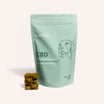



![Probiotics For Dogs [Soft Chews] - HolistaPet](http://www.holistapet.com/cdn/shop/files/Probiotic-Infographic-1_472d7a29-e30c-435a-9638-1365d8c3a9f9.jpg?v=1725384841&width=104)
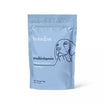








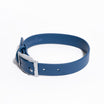
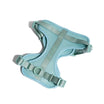
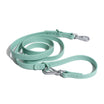






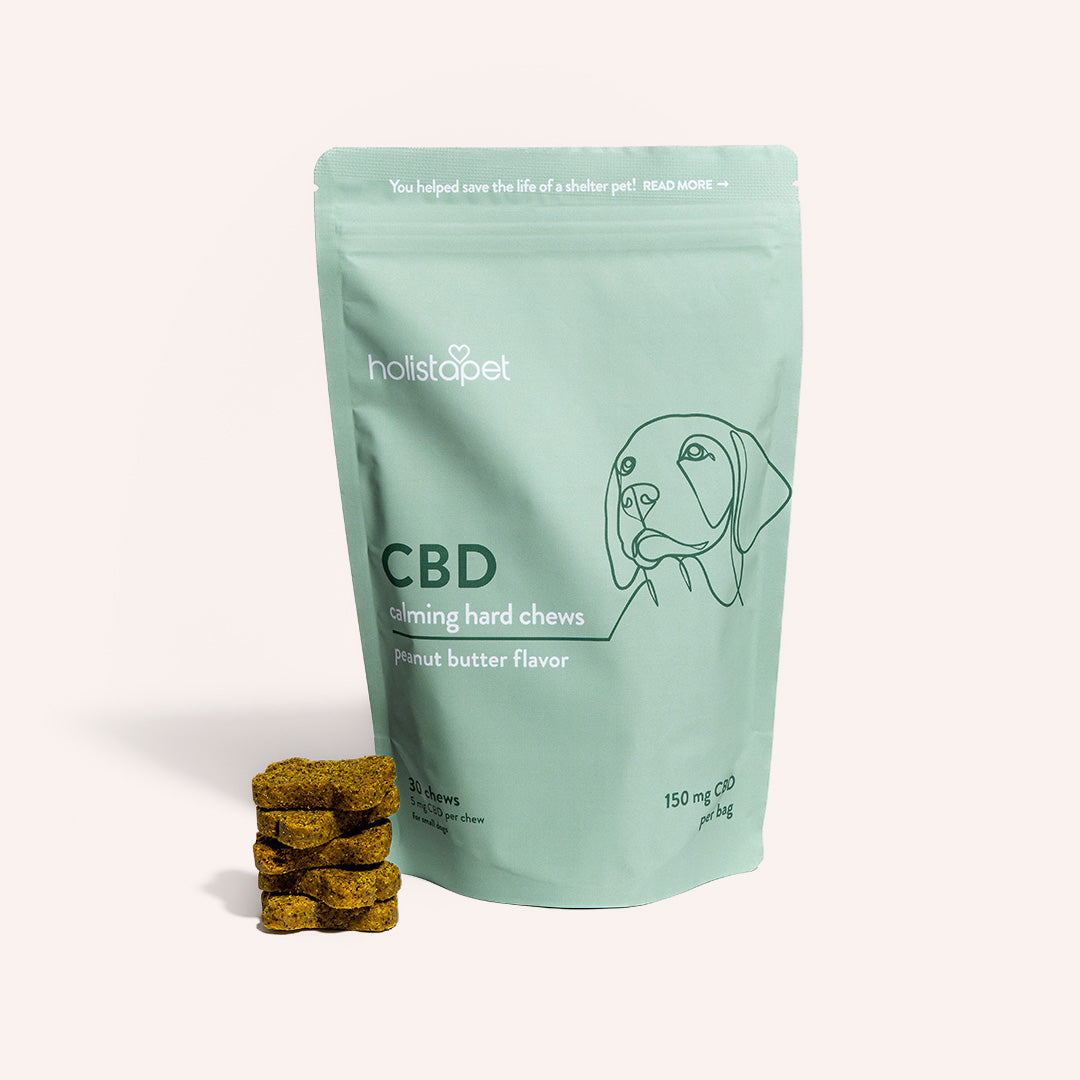
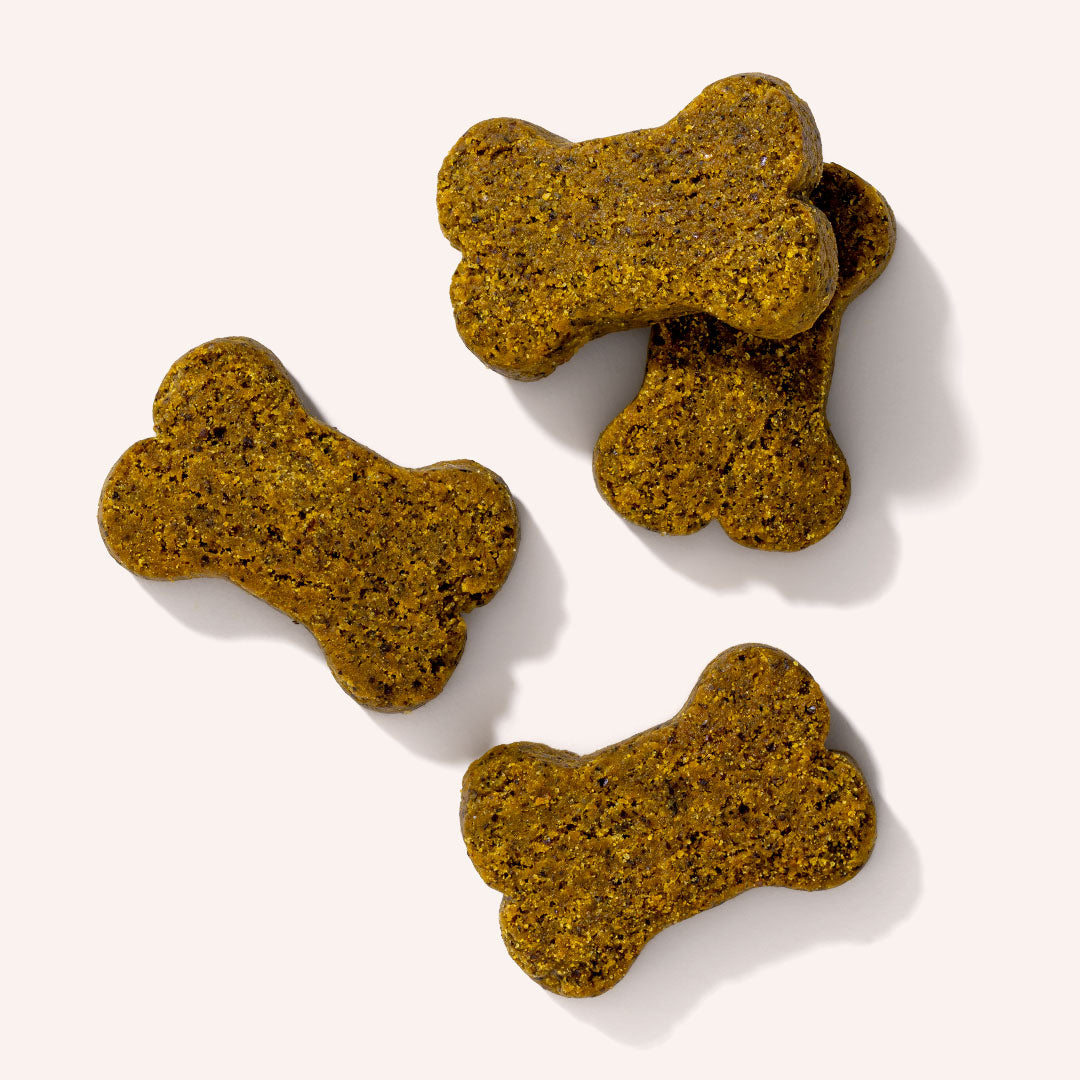

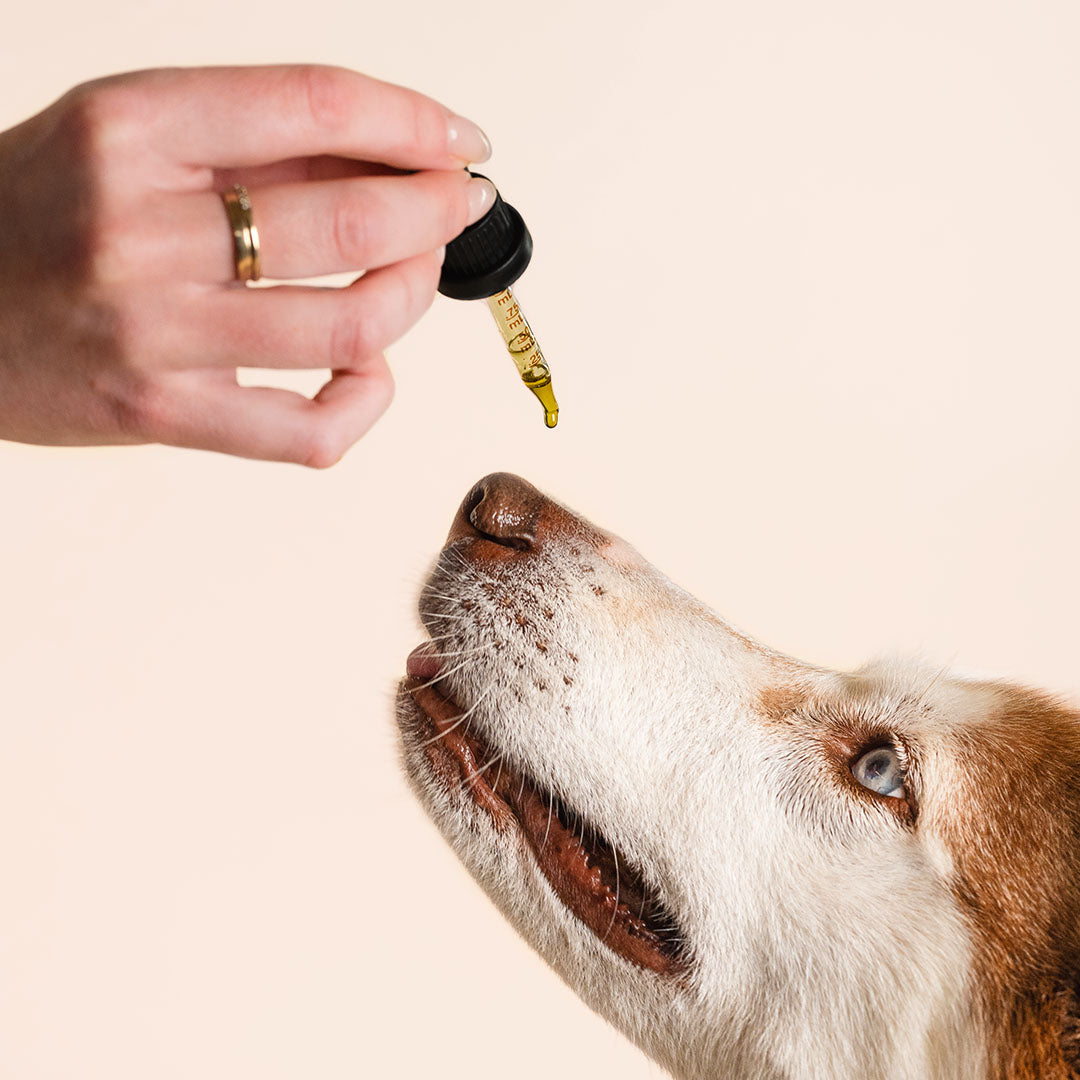


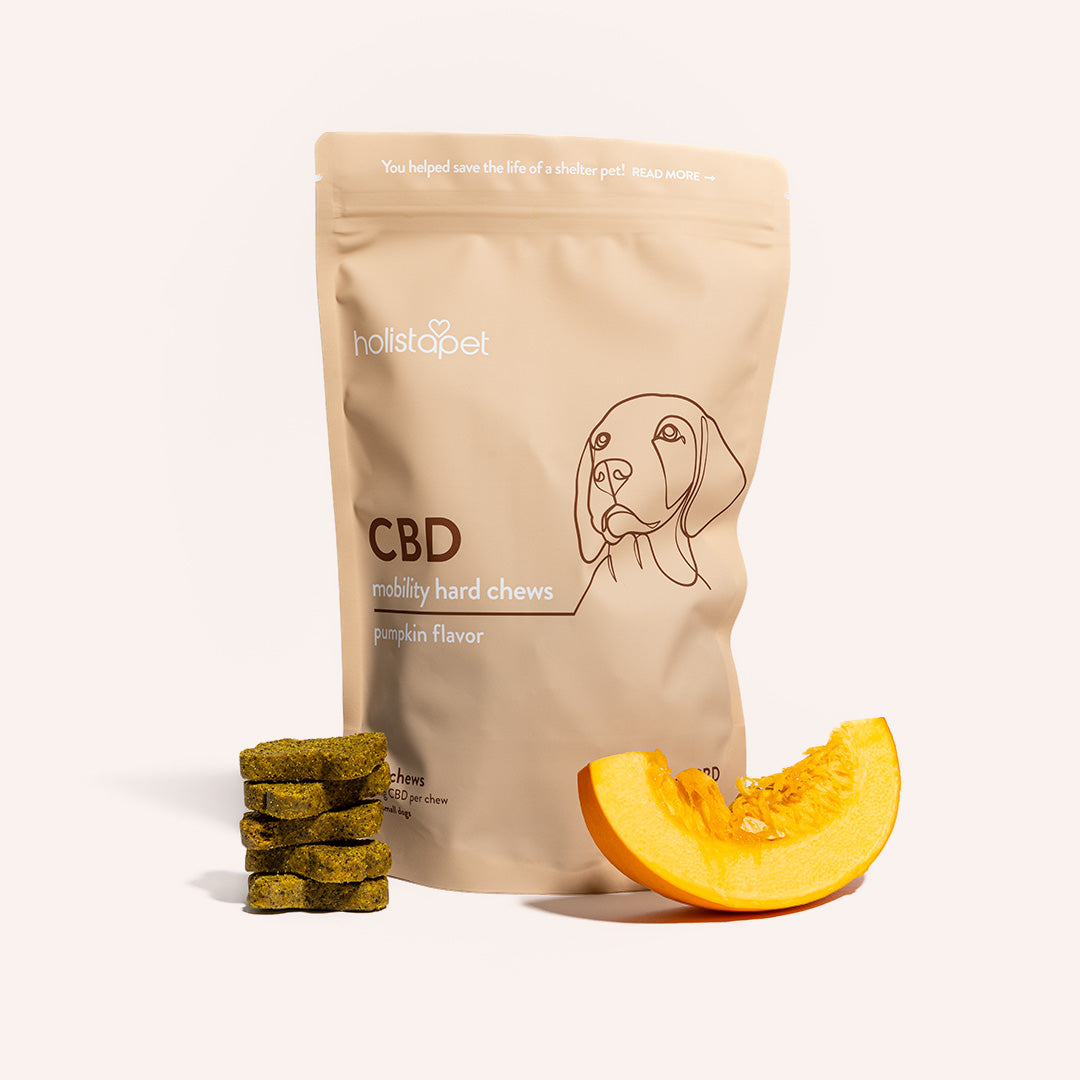
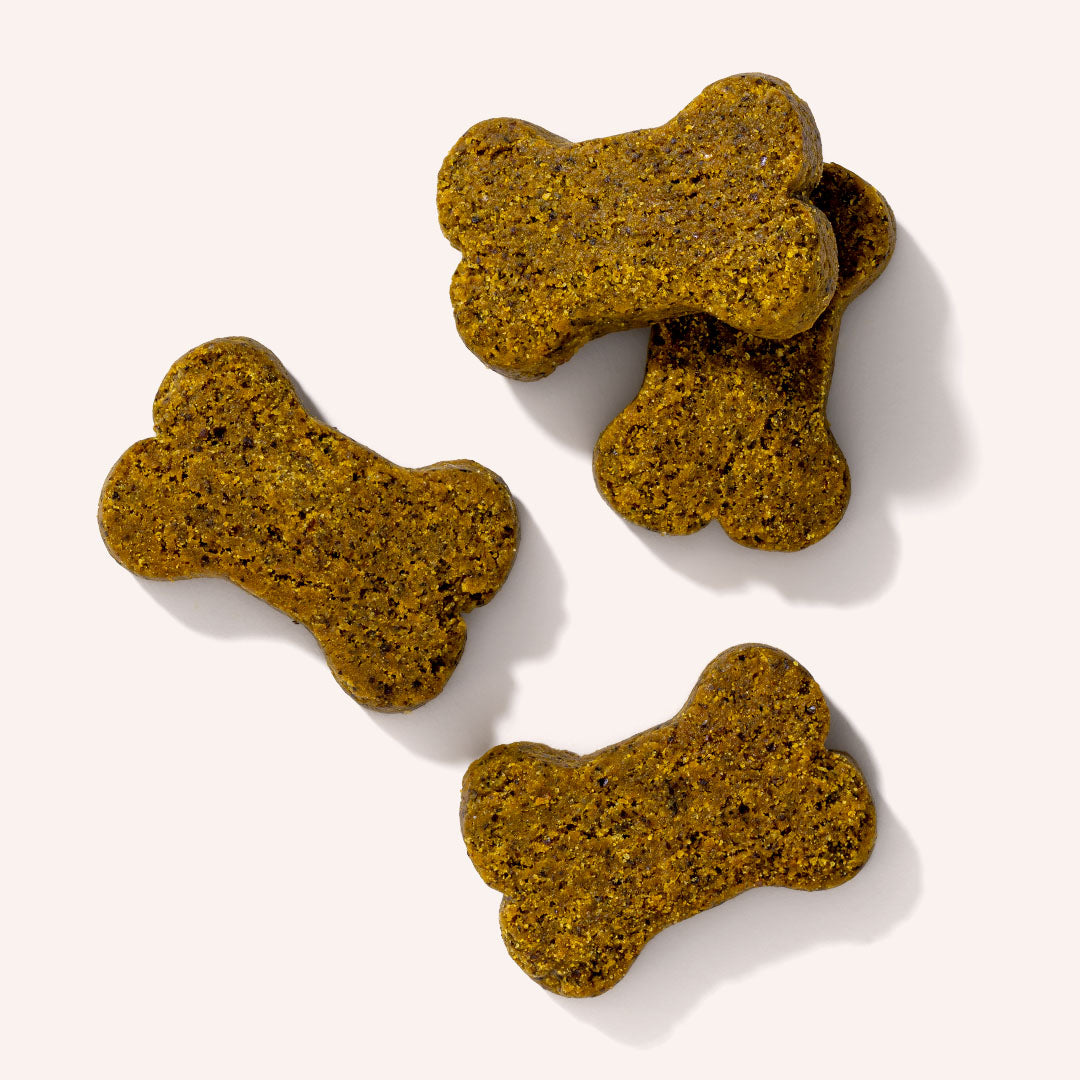

Leave a comment
All comments are moderated before being published.
This site is protected by hCaptcha and the hCaptcha Privacy Policy and Terms of Service apply.